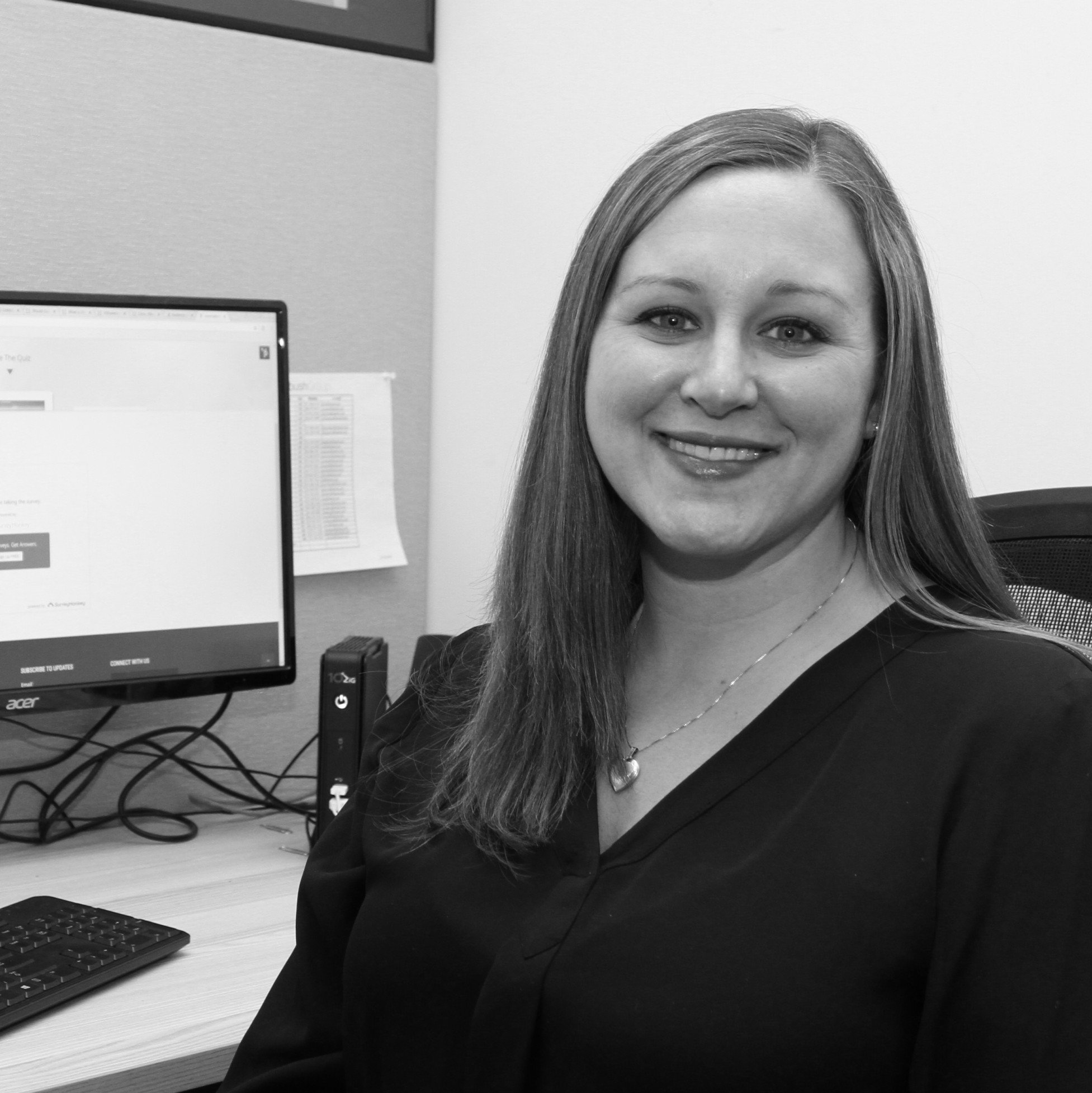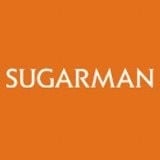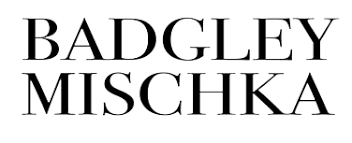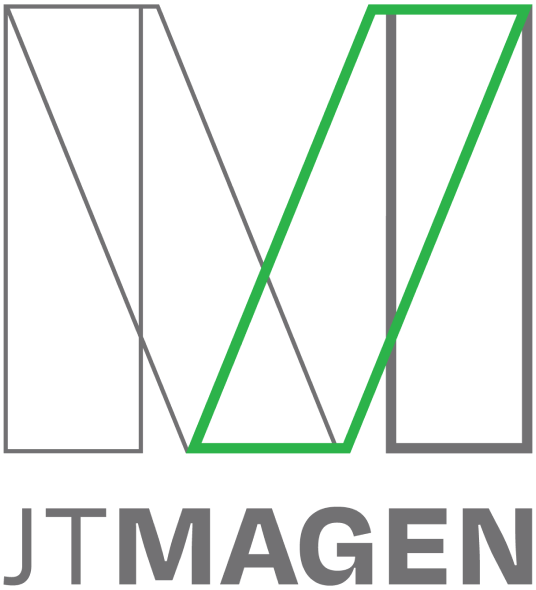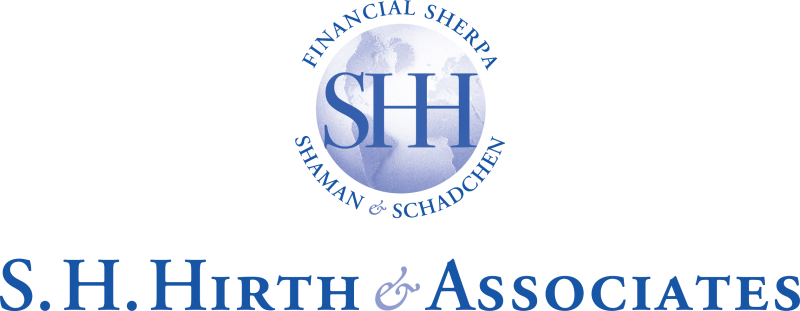Many companies have changed the way they work, with many adopting some form of a flexible workplace. According to a 2022 survey of 25,000 American workers by McKinsey and Ipsos, 58% reported that they had the opportunity to work from home at least one day a week. As companies have transitioned to a flexible workplace model, many have turned to hoteling as a system for managing their hybrid workforces. When done right, hoteling can provide many benefits for both employers and employees.
What Is Hoteling?
Hoteling, which can go hand in hand with a hybrid work model, is a system for managing workers’ shared use of the workstations at the company’s physical offices. Similar to reserving a hotel room, workers reserve a non-dedicated workspace, which often has a docking station to plug in a laptop. Hoteling can be used to book specific desks, offices, conference rooms, and equipment, allowing employees to choose where they sit based on what type of work they will be doing and who they will be collaborating with on a given day.
Cost Savings
By implementing a hybrid work model and hoteling system, companies can substantially reduce their square footage and, correspondingly, their real estate, utility, and other overhead costs. By embracing hoteling, offices can also reduce the number of PCs, phones, and IT-related hardware needed in their office. Companies that incorporate BYOD policies into the workplace can maximize these benefits even further. These cost savings can be reinvested back in the business.
Additional Benefits
A flexible work environment enhances work-life balance and is a key factor in attracting and retaining top talent. According to the McKinsey survey, a flexible work arrangement is one of the top three motivators for finding a new job. For time spent in the office, hoteling can enhance productivity and collaboration by allowing employees to choose a quieter location for concentrating on independent work or a space near team members for working together on a project. Further, hoteling can allow a company with multiple locations to seamlessly provide workstations for employees who move around to the different offices as well as other visitors, such as consultants or clients, who need a desk for the day.
Implementing a Hoteling Model
For successful implementation of a hoteling model, your company must carefully consider many factors, including policies and procedures, office design and layout, and technology.
- Policies and Procedures Your company must develop a well-thought-out hybrid workplace policy and effectively communicate it to employees so that they know what is expected of them. For instance, some employers require that their employees be present in the office a set number of days each week. Others give employees more flexibility to choose where they will work on a given day. Whatever your policy, communicate it and enforce it equally among all employees. Staff will need to be trained on the hoteling procedure, which should include an easy-to-use calendar that employees and team leaders can access remotely to check for space availability and make reservations. You must also decide whether all workstations and conference rooms will be part of the general hotel pool, or if some spaces will be reserved for sensitive meetings or use by certain individuals at the discretion of management.
- Office Design and Layout As you transition to a hoteling model, you must carefully weigh how many workstations you need based on your headcount and your hybrid work policy. In addition to the number of stations, determine what types of workspaces you need. For instance, some workers may need quiet spaces for focused work and phone calls, while teams may need open spaces to collaborate. Consider proximity to needed amenities like printers and copy machines and collaboration tools such as whiteboards and video screens. Have a system in place to track which types of workspaces are in demand and which are under-utilized and make adjustments accordingly. Modular furniture that can be easily reconfigured provides flexibility to change layouts as needs change over time.
- Technology Your IT system must support your hybrid workplace’s operational needs. Whether employees are working in the office or working remotely, they must be able to access all of their applications, files, and data efficiently and securely. A hybrid model puts new demands on your IT infrastructure, and embracing the right cloud-based technologies will help ensure team members can securely and seamlessly access all the information they need and that applications run optimally on all devices and in all locations. Cloud technologies include Software as a Service (SaaS), which allows users to access individual software applications over the internet via a web browser or mobile app. Each application is in its own cloud, operated by each SaaS provider.
A more advanced cloud solution is Desktop as a Service (DaaS), which moves a firm’s desktops, servers, applications, and files to a secure, private cloud. A personal Windows desktop is streamed over the internet, and users can securely access their familiar desktop, with all of the applications and files, including shared files, from any device. The flexibility that DaaS offers makes it ideal for a hoteling model. Each connection takes place within the cloud provider’s secure environment, allowing for security that stretches beyond your walls to wherever employees are working, whether at home, the office, or on the go. Further, the cloud provider handles all system maintenance, software updates and upgrades, back-up and recovery, and user technical support.
Tabush Group is a leading provider of Managed IT Services and Desktop as a Service (DaaS). To learn more about how our state-of-the-art IT solutions can make your firm’s operations more efficient and secure, contact us.



